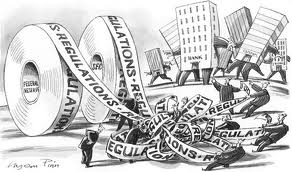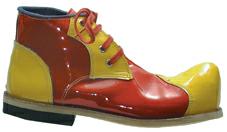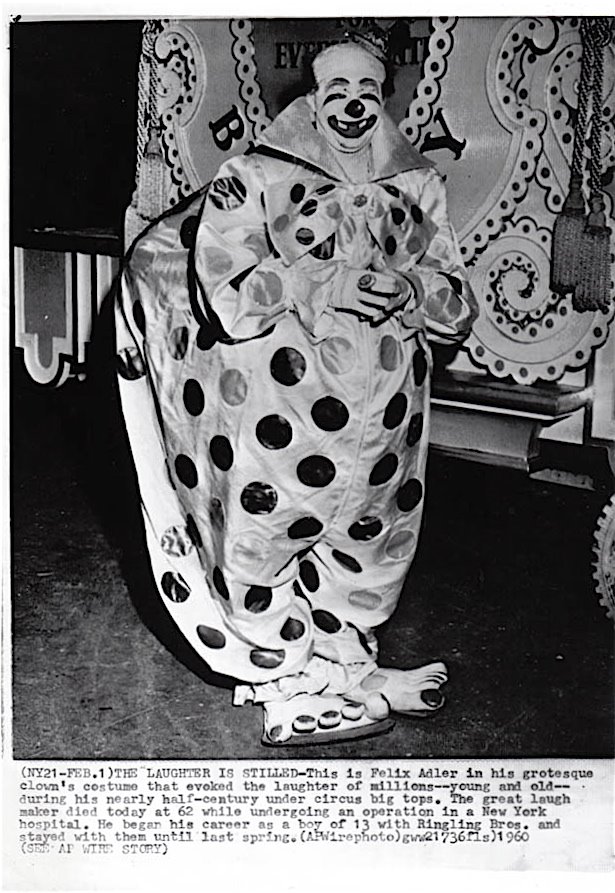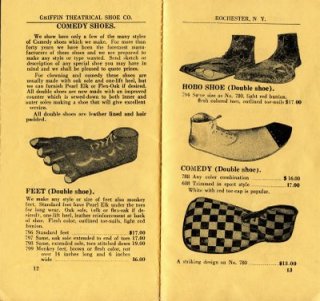I wrote a story that sat in my inbox for about 4 years before it was finally lost in the abyss, but I never forgot it. The story was about that day 10 years ago, when I was on my way to the Hudson River Club on Vesey Street, right across the street from the World Trade Center. I thought back then, given the time and insignificance relative to others caught inside the buildings, it was best not to share my story of why or what put me in the path of the terrorists.
Being the 10th year of remembrance of 9/11, I have decided to share my story, because to me it relates to freedom and the ability to create, which are key components to entrepreneurism. The WTC also represented commerce, successful business, capitalism and diversity. The mall below the WTC was the highest grossing mall in the country, seeing twice the revenue of the 2nd highest grossing mall.

As you look at the revised landscape of NYC, you see a masterpiece, created by the hands of some of the greatest entrepreneurs in history…and that was what was being attacked. This is also why the protection of this freedom, to build and create, is so imperative to the future of our country and this world.
That beautiful morning, I was on the upper Westside as I looked out on the park from my room at the Excelsior hotel. I was headed out to meet a group of reporters at 9am to discuss my new, unique mutual fund called the iFund, in hopes of gaining some positive publicity. It was about 8:30 when I came down to grab a cab. 15 minutes and a great deal of frustration later, I had a cab and was on my way. Little did I know that 15 minutes spent aggravatingly trying to flag down a cab would be my saving grace.
The old town car hauled me down to the financial district, and at that time I wasn’t certain of my exact location. We drove as I listened to the radio and someone describing a plane going into the tower. I assumed it was just a small plane…maybe the pilot had a heart attack or something of that nature. We continued to make our way to lower Manhattan and to the West Side Highway (the major road that runs lengthwise North/South through Manhattan), as another caller on the radio started yelling about another plane hitting a tower, which I couldn’t yet see due to all of the sky scrapers. As we pulled out on to West Side, my eyes opened wide to the massive smoke and fire coming from the enormous hole in the side of the WTC.
We were the 2nd car at the first barricade to be stopped on West Side, about 2 miles north of the WTC. Leaning up to try and stare up into the buildings when the taxi driver asked what was going on. I told him we were being attacked by terrorists. Given the moment in time and my knowledge of economics and geopolitics, it seemed the only logical explanation.
As we sat there, I just stared. I could hear the rescue people coming down the bike path, bypassing all the traffic. As they slowed to wait for officers to remove some poles, something happened that remains one of my most significant memories. I looked over at the guys on the fire trucks, and then looked up at the buildings, and back to them. I wondered, seeing the straight and serious looks on their faces, what they were thinking they were getting into. Being some of the first on the scene, a few hours later I wondered how many of them were still with us.
I tried to continue on my path after police turned us back into the city. When the taxi driver said he would go no further I got out and tried to get on a subway, which was the same subway that goes under the WTC. It had stopped operating. I found another taxi that took me in a little further, but he reached a point that he would go no further as well, so I got out and started walking.
I then came up on a corner that was a clear shot, straight into the hole on the WTC. I stared and then walked again thinking I needed a camera, so I bought one and went back to that corner. I unwrapped the camera, took one photo, and then looked away. In that moment I heard a gasp sweep across the crowd of people around me, and looked up to see the building fall before my eyes.
As the shock began to wear off, my determination to get to my meeting had dissipated and I began what would be a 5 hour journey back to my hotel room where my girlfriend Robin awaited me. All taxis, buses and subways had stopped, so everyone was on foot.
A lot happened between standing on that street corner and arriving back at my hotel. I scrambled to communicate with family members and friends. News kept coming in of massive attacks. Even in a sea of people all trying to get out of lower Manhattan, I felt alone. Some friends at Schwab office in Midtown let me rest my blistered feet for a while. That evening Robin and I sat in Central park with other New Yorkers, all silent in deep contemplation, confusion and sadness. Next was the dilemma of making my way back home, or going to Rochester to be with my family.
15 minutes trying to flag down a taxi prevented me from being at the foot of the WTC when the planes exploded into them. Now we are rebuilding the site, creating a spot of remembrance so that we never forget our freedoms and the world of entrepreneurialism that fell under attack that day. It is the entrepreneur that is rebuilding and creating a place for others to take risks and create new opportunities and jobs for fellow men. Thank you and bless all of you still dealing with the loss from the attacks on our great country and the freedoms we stand for.










